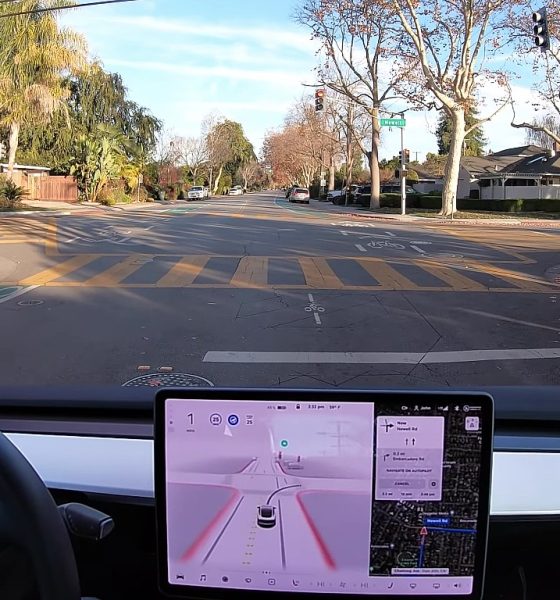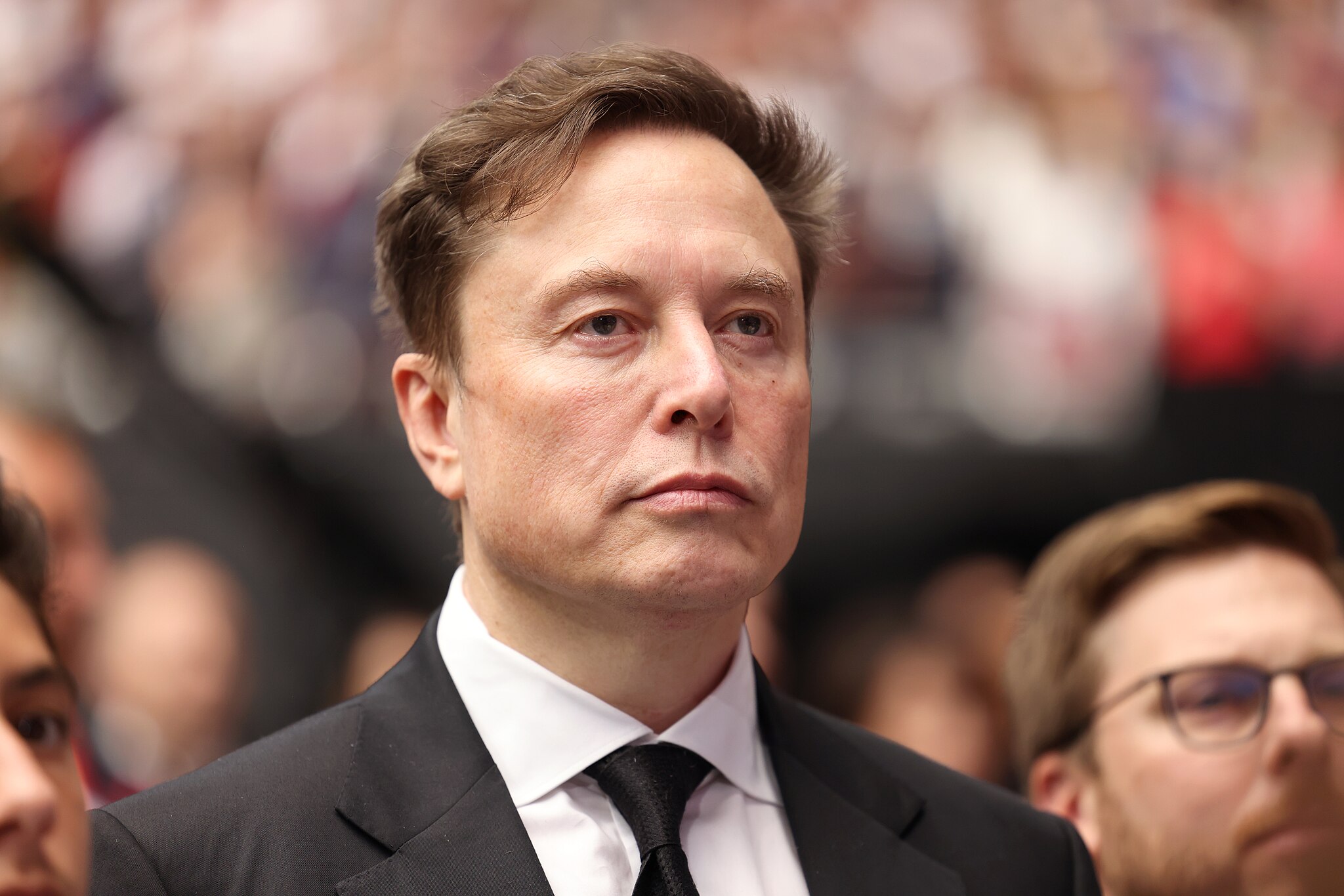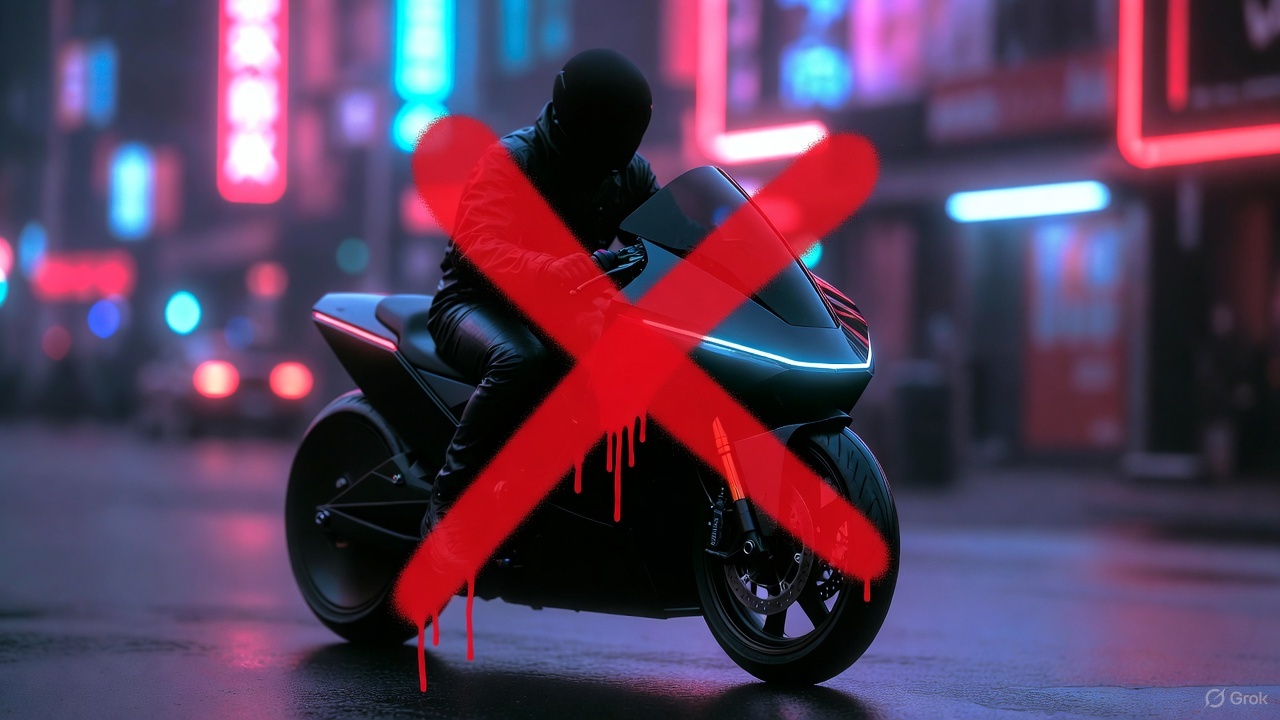

News
Tesla terminates employee and FSD Beta tester who shared drives on YouTube
A Tesla employee and FSD Beta tester has been terminated over what the company states is a conflict of interest. The employee in question, Jon Bernal, is also the owner of the AI Addict YouTube channel, which features both casual and stress tests of Full Self-Driving Beta in real-world situations.
Over the past year, Bernal shared numerous videos of FSD Beta in action, and being one of the system’s users who typically pushes the advanced driver-assist system to its limits, some of his videos featured flaws and shortcomings in Full Self-Driving Beta’s capabilities. This included a rather dramatic video of FSD Beta 9 in downtown San Francisco, which featured several mistakes in the system’s maneuvers, as well as an actual accident involving FSD Beta 10.10 in downtown San Jose, which featured Bernal’s Model 3 hitting a traffic bollard.
Following his termination from the company, Tesla opted to cut off Bernal’s access to FSD Beta. This, according to the former employee, was despite the fact that he has not encountered any safety strikes while using the system. Bernal’s 2021 Tesla Model 3 is still equipped with the company’s Full Self-Driving suite, however, which was given to him as a free perk when he purchased the vehicle as an employee. Tesla’s FSD suite is currently offered as a $12,000 option, though it was priced at $8,000 when Bernal took delivery of his Model 3 in December 2020.
Bernal started his employment at Tesla in August 2020, working as a data annotation specialist in an office in San Mateo, California. As per records shared by the former employee to CNBC, he was later moved into the role of advanced driver assistance systems test operator. He was terminated from the company on the second week of February 2022. Prior to his dismissal, Bernal stated that managers verbally informed him that he “broke Tesla policy” and that his AI Addict YouTube channel was a “conflict of interest.”
While Bernal did previously admit in the comments section of one of his YouTube videos that he was a Tesla employee, the AI Addict channel does not prominently indicate or disclose that its host works for the EV maker. That being said, Bernal maintains that he has been transparent about his YouTube channel, even with his colleagues at Tesla. He also maintains that he has never disclosed anything in his videos that the company has not rolled out to the public.
“The FSD Beta releases I was demonstrating were end-user consumer products,” the former Tesla employee said.
While he cannot use his personal Model 3 for FSD Beta videos today, the former employee noted that he has attained access to other Teslas with FSD Beta. As such, Bernal noted that he should be able to continue his independent research and reviews. One such video has already been uploaded on the AI Addict YouTube channel, where Bernal briefly discussed his departure from Tesla before taking FSD Beta in his typical stress tests.
Despite his experiences with the EV maker, Bernal has noted that he still cares a lot about the company and what it is attempting to accomplish with products like Autopilot and FSD Beta. “I still care about Tesla, vehicle safety, and finding and fixing bugs,” he said.
Bernal’s latest video, which includes his thoughts on his departure from Tesla, could be viewed below.
Don’t hesitate to contact us with news tips. Just send a message to simon@teslarati.com to give us a heads up.

News
Tesla’s new Holiday perk is timed perfectly to make FSD a household name
Tesla AI4 owners get FSD (Supervised) through Christmas, New Year’s Eve and well into the post-holiday travel season.

Tesla quietly rolled out a free Full Self-Driving (Supervised) trial for roughly 1.5 million HW4 owners in North America who never bought the package, and the timing could very well be genius.
As it turns out, the trial doesn’t end after 30 days. Instead, it expires January 8, 2026, meaning owners get FSD (Supervised) through Christmas, New Year’s Eve and well into the post-holiday travel season. This extended window positions the feature for maximum word-of-mouth exposure.
A clever holiday gift
Tesla watcher Sawyer Merritt first spotted the detail after multiple owners shared screenshots showing the trial expiring on January 8. He confirmed with affected users that none had active FSD subscriptions before the rollout. He also observed that Tesla never called the promotion a “30-day trial,” as the in-car message simply reads “You’re Getting FSD (Supervised) For the Holidays,” which technically runs until after the new year.
The roughly 40-day period covers peak family travel and gatherings, giving owners ample opportunity to showcase the latest FSD V14’s capabilities on highway trips, crowded parking lots and neighborhood drives. With relatives riding along, hands-off highway driving and automatic lane changes could become instant conversation starters.
Rave reviews for FSD V14 highlight demo potential
FSD has been receiving positive reviews from users as of late. Following the release of FSD v14.2.1, numerous owners praised the update for its smoothness and reliability. Tesla owner @LactoseLunatic called it a “huge leap forward from version 14.1.4,” praising extreme smoothness, snappy lane changes and assertive yet safe behavior that allows relaxed monitoring.
Another Tesla owner, @DevinOlsenn, drove 600 km without disengagements, noting his wife now defaults to FSD for daily use due to its refined feel. Sawyer Merritt also tested FSD V14.2.1 in snow on unplowed New Hampshire roads, and the system stayed extra cautious without hesitation. Longtime FSD tester Chuck Cook highlighted improved sign recognition in school zones, showing better dynamic awareness. These reports of fewer interventions and a more “sentient” drive could turn family passengers into advocates, fueling subscriptions come January.
Elon Musk
Elon Musk predicts AI and robotics could make work “optional” within 20 years
Speaking on entrepreneur Nikhil Kamath’s podcast, Musk predicted that machines will soon handle most forms of labor, leaving humans to work only if they choose to.

Elon Musk stated that rapid advances in artificial intelligence and robotics could make traditional work unnecessary within two decades.
Speaking on entrepreneur Nikhil Kamath’s podcast, Musk predicted that machines will soon handle most forms of labor, leaving humans to work only if they choose to.
Work as a “hobby”
During the discussion, Musk said the accelerating capability of AI systems and general-purpose robots will eventually cover all essential tasks, making human labor a choice rather than an economic requirement. “In less than 20 years, working will be optional. Working at all will be optional. Like a hobby,” Musk said.
When Kamath asked whether this future is driven by massive productivity growth, Musk agreed, noting that people will still be free to work if they enjoy the routine or the challenge. He compared future employment to home gardening, as it is something people can still do for personal satisfaction even if buying food from a store is far easier.
“Optional” work in the future
Elon Musk acknowledged the boldness of his claim and joked that people might look back in 20 years and say he was wrong. That being said, the CEO noted that such a scenario could even happen sooner than his prediction, at least if one were to consider the pace of the advancements in AI and robotics.
“Obviously people can play this back in 20 years and say, ‘Look, Elon made this ridiculous prediction and it’s not true,’ but I think it will turn out to be true, that in less than 20 years, maybe even as little as ten or 15 years, the advancements in AI and robotics will bring us to the point where working is optional,” Musk said.
Elon Musk’s comments echo his previous sentiments at Tesla’s 2025 Annual Shareholder Meeting, where he noted that Optimus could ultimately eliminate poverty. He also noted that robots like Optimus could eventually provide people worldwide with the best medical care.
Elon Musk
Elon Musk reiterates why Tesla will never make an electric motorcycle
Tesla CEO Elon Musk preemptively shut down speculations about a Tesla road bike once more.

Tesla CEO Elon Musk preemptively shut down speculations about a Tesla road bike once more, highlighting that the electric vehicle maker has no plans to enter the electric motorcycle market.
Musk posted his clarification in a post on X.
Musk’s reply to a fun AI video
X user @Moandbhr posted an AI video featuring the Tesla CEO on the social media platform, captioning it with “Mr. Elon Musk Just Revealed the Game-Changing Tesla Motorcycle.” The short clip depicted Musk approaching a sleek, single-wheeled vehicle, stepping onto it, and gliding off into the distance amid cheers. The fun video received a lot of traction on X, gaining 3.1 million views as of writing.
Musk replied to the post, stating that a Tesla motorcycle is not going to happen. “Never happening, as we can’t make motorcycles safe. For Community Notes, my near death experience was on a road bike. Dirt bikes are safe if you ride carefully, as you can’t be smashed by a truck,” Musk wrote in his reply.
Musk’s Past Comments on Two-Wheelers
Musk also detailed his reservations about motorcycles in a December 2019 X post while responding to questions about Tesla’s potential ATV. At the time, he responded positively to an electric ATV, though he also opposed the idea of a Tesla road-going motorcycle. Musk did state that electric dirt bikes might be cool, since they do not operate in areas where large vehicles like Class 8 trucks are present.
“Electric dirt bikes would be cool too. We won’t do road bikes, as too dangerous. I was hit by a truck & almost died on one when I was 17,” Musk wrote in his post.
Considering Musk’s comments about dirt bikes, however, perhaps Tesla would eventually offer a road bike as a recreational vehicle. Such a two-wheeler would be a good fit for the Cybertruck, as well as future products like the Robovan, which could be converted into an RV.









